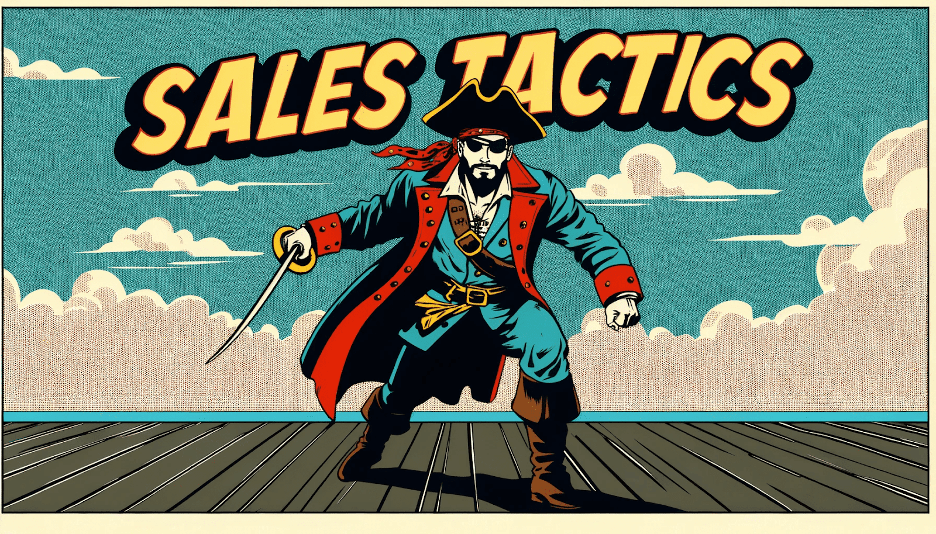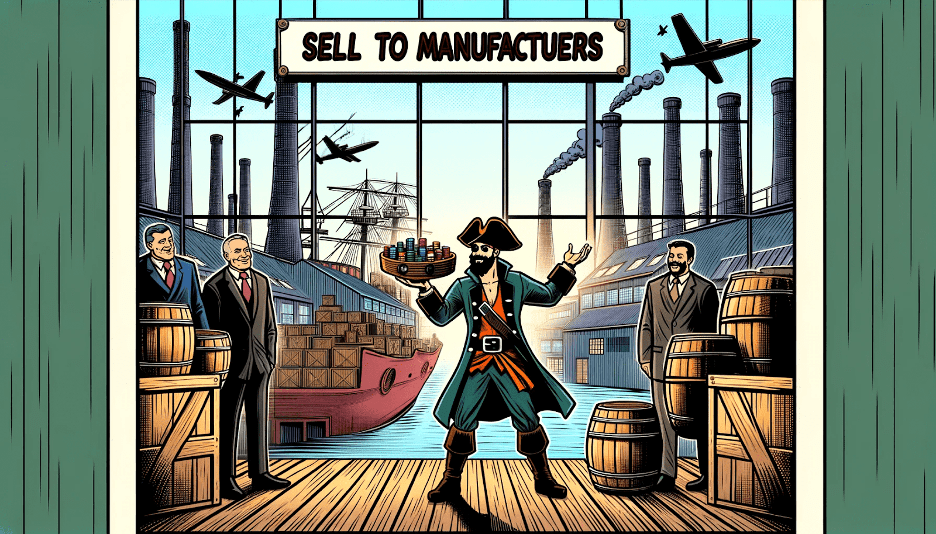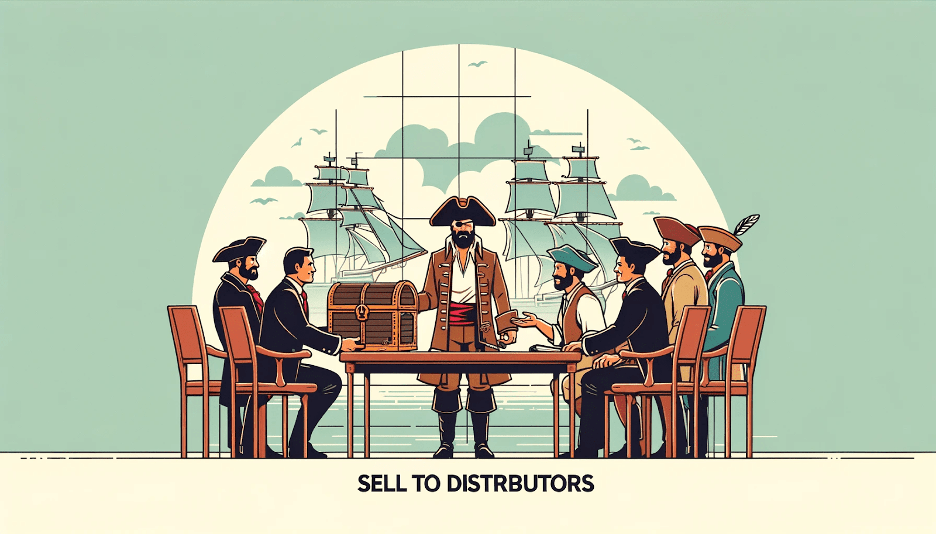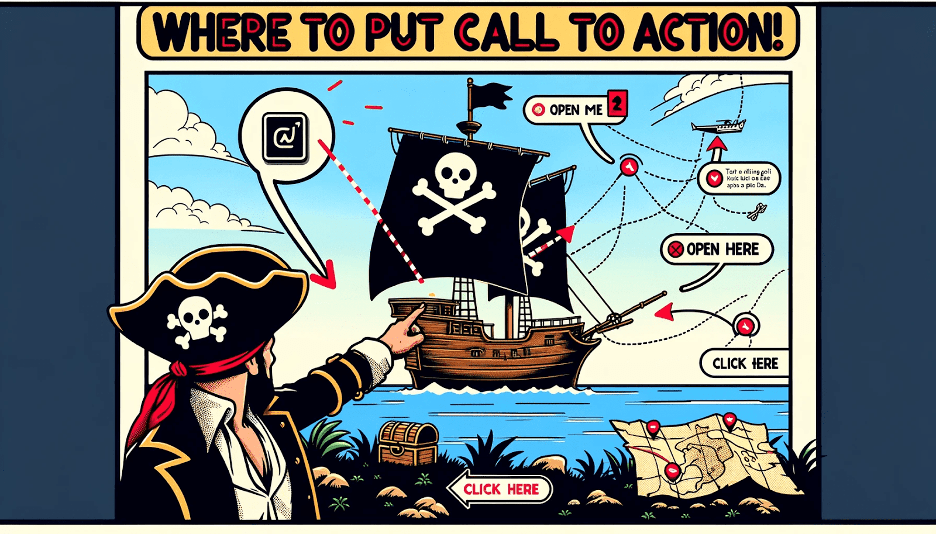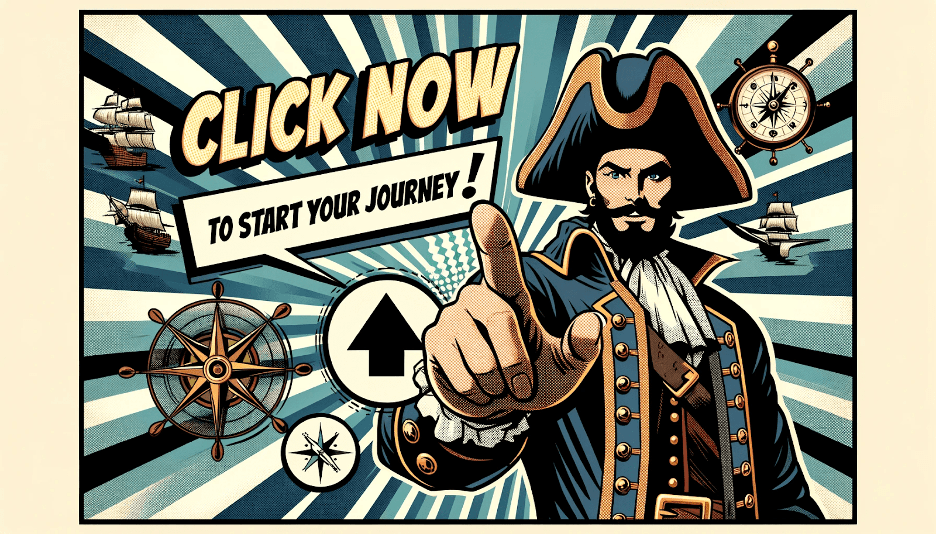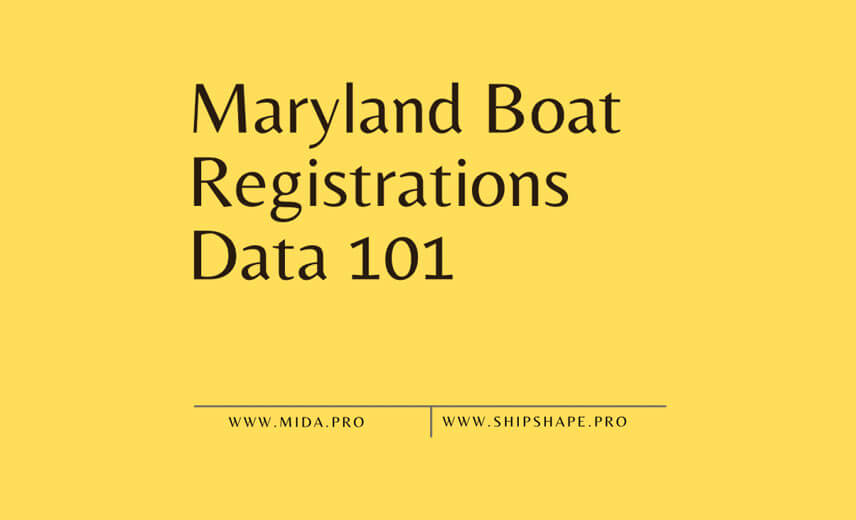
Maryland Boat Ownership 101: Everything You Need to Know
Maryland Boat Registration Market Analysis
Introduction
Maryland, known for its rich maritime history and vast waterways, has long been a hub for boating enthusiasts. From the Chesapeake Bay to its numerous rivers and lakes, the state offers a plethora of opportunities for both recreational and professional boaters. As such, understanding the boat registration landscape in Maryland provides crucial insights into the preferences, trends, and patterns of its vast boating community.
This market analysis aims to delve deep into the boat registration data of Maryland, shedding light on various facets of the boating industry in the state. Whether you’re a boat manufacturer looking to tailor your next product, a service provider keen on understanding your target audience, or simply a boating enthusiast curious about the market trends, this report promises a comprehensive overview.
We will explore various dimensions of the data, including the types of vessels registered, the materials they are made of, their intended uses, and where they predominantly sail. Additionally, we’ll touch upon the geographical distribution of boat owners, providing a clear picture of boating hotspots in Maryland.
Join us as we navigate through the vast waters of Maryland’s boat registration data, charting the currents of the state’s boating market.




Data Summary: A Visual Exploration of Maryland’s Boat Registrations
1. A Rich Tapestry of Registrations
The sheer volume of boat registrations in Maryland stands as a testament to its vibrant boating culture. The state boasts a remarkable 169,084 registered boats, a number that underscores the significance of boating both as a recreational activity and an economic driver.
2. Diversity in Manufacturing
The boat manufacturing landscape in Maryland is a mosaic of brands and choices. While the state sees registrations from a diverse range of manufacturers, a select few stand out in terms of volume. The bar chart showcases the top 10 manufacturers by the number of boats registered, offering a glimpse into popular choices among Maryland’s boating community.
3. Material Choices Reflect Modern Trends
The choice of hull material offers insights into both functionality and aesthetic preferences. Fiberglass emerges as the clear favorite, echoing global trends in its popularity due to its durability and low maintenance. Aluminum, with its corrosion resistance, follows closely. The chart provides a clear breakdown of these choices, with other materials like wood and steel carving their niche.
4. Propelling Forward
Maryland’s waters witness a variety of propulsion types, each catering to different boating experiences. The dominance of propeller-driven boats points to their versatility and widespread use. Jet and air propulsions, while not as prevalent, indicate a segment of boaters seeking specific experiences like jet skiing.
5. Time’s Tide
Maryland’s boating scene is a blend of history and modernity. The histogram offers a distribution of boat manufacture years, showcasing a rich tapestry ranging from vintage vessels to contemporary marvels. While the state has seen a steady influx of new boats, it also cherishes its classics, adding depth to its boating narrative.



Market Segmentation: Deciphering Maryland’s Boating Landscape
1. By Vessel Type
The boating preferences in Maryland are as diverse as its waters. The chart elucidates a distinct inclination towards open motorboats. Their versatility – apt for both leisurely cruises and sportier activities – likely contributes to their popularity. Meanwhile, cabin motorboats occupy the second spot, suggesting a segment of boaters who seek comfort and perhaps longer excursions. Other types, such as pontoon boats and sailboats, have carved their niche, catering to specialized boating experiences.
2. By Propulsion
Propulsion is the heart of a boat, dictating its speed, maneuverability, and suitability for certain activities. In Maryland, the prevalence of propeller-driven boats underscores their broad applicability. However, the average horsepower chart offers a nuanced perspective. Jet propulsion boats, though fewer in number, pack more power on average. This suggests a segment of boaters seeking thrill rides or specific activities like jet skiing that demand higher horsepower.
3. By Hull Material
The material of a boat’s hull is a blend of function and aesthetics. Fiberglass emerges as the material of choice for many Maryland boaters. Its durability, combined with a relatively easier maintenance regime, might explain its dominance. Aluminum, the second favorite, is known for its lightweight and corrosion-resistant properties. Delving deeper, the chart reveals leading manufacturers for each material, illuminating industry leaders and market specialists. For instance, the prominence of certain manufacturers in the fiberglass and aluminum segments showcases their expertise and market trust.



Geographical Analysis: Charting Maryland’s Boating Landscape
1. Top Zip Codes with the Highest Boat Registrations
The top zip codes for boat registrations are likely more than just numerical identifiers; they are a reflection of Maryland’s socio-economic and geographical dynamics. These zip codes might be located near major water bodies, making them prime locations for boating enthusiasts. Alternatively, they might house affluent neighborhoods where residents have the means to invest in boating as a leisure activity.
Areas with high boat registrations often come with developed boating infrastructure, like marinas, boat repair shops, and rental facilities. Businesses targeting the boating community—whether selling boating equipment, offering tours, or providing maintenance services—should consider these zip codes as primary markets.
2. Streams or Water Bodies Analysis
The allure of Maryland’s streams and water bodies is manifold. They might be popular for their pristine beauty, making them ideal for leisurely boat rides. Some might be rich fishing grounds, attracting anglers in droves. Others might offer the perfect conditions for water sports, from jet skiing to kayaking.
Understanding the popularity of specific streams can guide a range of decisions. Conservationists might focus on protecting the biodiversity of frequently visited streams. Event organizers could plan boating events or competitions in these areas, capitalizing on their popularity. Local authorities can ensure safety protocols and infrastructure development align with the high footfall.
3. Counties with the Highest Boat Registrations
At a county level, high boat registrations indicate areas with a rich boating culture and possibly a historical connection to the water. These counties are likely to have a combination of vast water bodies, favorable economic conditions, and a population that values boating.
For policymakers, these counties serve as models for developing boating infrastructure and formulating regulations. They could also be focal points for tourism campaigns, leveraging their boating popularity to attract tourists. Local businesses, from restaurants to hotels, in these counties can tailor their services to cater to boating enthusiasts, offering packages, discounts, or themed events.

Temporal Analysis: Sailing Through Time
1. Boat Age Distribution
The age of a boat is a testament to its craftsmanship, maintenance, and the owner’s attachment. In Maryland, the distribution by age showcases a fascinating trend. A significant number of boats are quite new, within the age bracket of 0-10 years, indicating a thriving market for new boats. This could be attributed to advancements in boat technology, modern designs, or simply the allure of owning the latest model.
However, interspersed in this youthful fleet, there’s a steady number of vintage boats, aging gracefully into their third or fourth decade and beyond. These boats, classics or with a sentimental value, speak to Maryland’s deep-rooted boating tradition.
The declining bars for the oldest boats indicate natural wear and tear, making it harder to maintain such aged vessels. Yet, their presence underlines the passion of some boating enthusiasts who cherish and preserve these floating pieces of history.

Conclusion: Charting Maryland’s Boating Future
Maryland’s rich maritime heritage and strategic location along the Atlantic coast make it a hub for boating enthusiasts, manufacturers, and related businesses. The boat registration data we analyzed offers a window into the state’s evolving relationship with boating, reflecting both historical trends and future potential.
Several key takeaways from our analysis include:
- Growing Interest: The recent uptick in boat registrations, especially in 2022, suggests a burgeoning interest in boating. Whether driven by economic prosperity, technological advancements in boat design, or a renewed appreciation for water-based recreation, Maryland’s waters are attracting more vessels.
- Diverse Fleet: The range of boat types, from sailboats to motorboats, underscores the diverse interests of Maryland’s boating community. Each vessel type tells a story, be it the serenity of sailing or the thrill of motor-based water sports.
- Economic Implications: The boating industry in Maryland isn’t just about leisure; it’s an economic powerhouse. From boat manufacturing and sales to tourism and associated businesses, the ripple effects of a thriving boating scene are far-reaching.
- Future Projections: While our linear projections based on 2022 data suggest a stable future, the real story might be more nuanced. Factors like economic conditions, environmental considerations, and technological innovations can significantly influence future trends.
- Evolving Preferences: The prominence of certain boat manufacturers and the age demographics of the boats indicate evolving consumer preferences. Brands that consistently deliver quality and innovation have earned their place, while the age distribution suggests potential market dynamics for new and used boats.
- A Sustainable Future: As the world grapples with environmental challenges, the boating industry isn’t immune. The types of boats and their propulsion methods can offer insights into Maryland’s stance on green and sustainable boating.
In essence, Maryland’s boat registration data is a tapestry of tales — of economic ebbs and flows, of technological advancements, of shifting recreational preferences, and of a state and its people’s deep-seated bond with the water. As we navigate into the future, this data serves as both a compass and a chronicle, helping stakeholders steer their course in the dynamic waters of the boating industry.
Brought to you by –
Podcast Series: SHIPSHAPE – International Ocean Insights
